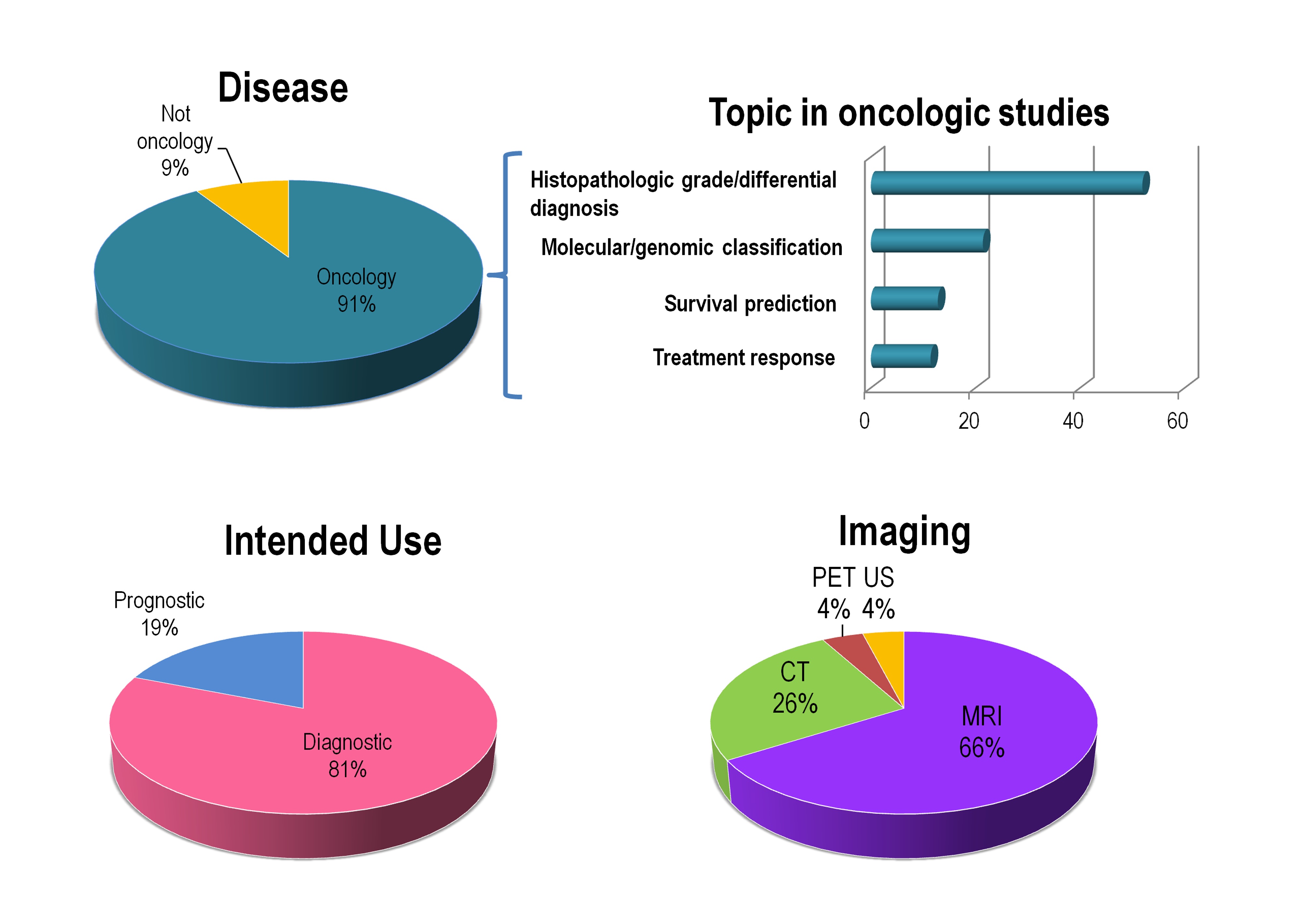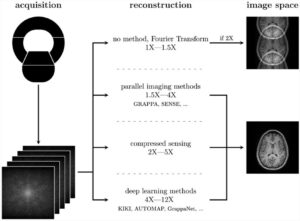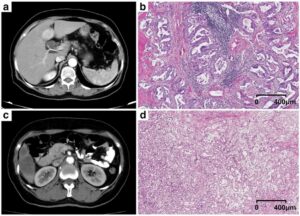Over the last few years, the number of studies published using quantitative imaging biomarkers to classify or predict pathologies has steadily increased. As of today, a quick PubMed search for radiomics, imaging biomarkers or radiogenomics reveals well over 4,000 articles. However, somewhat surprisingly, given this amount of published research, outside of academic literature there is no widespread clinical application of these technologies – yet. So what could be the reasons for this “translational gap”?
A recently published article tries to answer this question by thoroughly analyzing the scientific quality of radiomics studies published in some high impact journals. The authors found that most studies focused on establishing histopathological grading or diagnosis in oncological cases, mostly using MRI. Additionally, the authors tried to evaluate the scientific quality of these studies. Fortunately, some objective quality measures for radiomics research are available. On the one hand, there is the radiomics quality score (RQS) to assess the quality of radiomics studies (1), and on the other hand, the TRIPOD statement aims at providing a checklist for the transparent reporting of a multivariable prediction model for individual prognosis or diagnosis (2). Interestingly, the authors conclude that among the articles included in their analysis, the average RQS was only around 26% with an average adherence to the TRIPOD statement of only around 58%.
These results indicate that there is still significant room for improvement of the scientific quality of radiomics studies, especially regarding the reproducibility of results, the assessment of clinical utility and open science. So, although radiomics in itself may very well be a promising tool in the era of personalized and predictive medicine, its scientific evaluation still lacks reliable evidence, thus preventing its translation to clinical application.
It is important to note, however, that these findings should not be used to devalue the existing research, but rather encourage and open up a discussion about radiomics itself, and maybe even scientific quality in general.
You can read more about these topics by clicking the link to the article below.
Key Points
- The overall scientific quality and reporting of radiomics studies is insufficient.
- The RQS was low in demonstration of clinical utility, test-retest analysis, prospective study, and open science.
- Room for improvement was shown in TRIPOD in stating study objective in abstract and introduction, blind assessment of outcome, sample size, and missing data categories.
1. Lambin P, Leijenaar RTH, Deist TM et al (2017) Radiomics: the bridge between medical imaging and personalized medicine. Nat Rev Clin Oncol 14:749–762
2. Moons KG, Altman DG, Reitsma JB et al (2015) Transparent reporting of a multivariable prediction model for individual prognosis or diagnosis (TRIPOD): explanation and elaboration. Ann Intern Med 162:W1–W73













